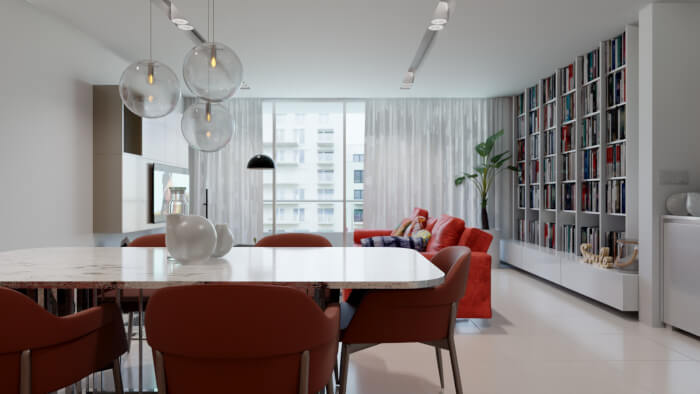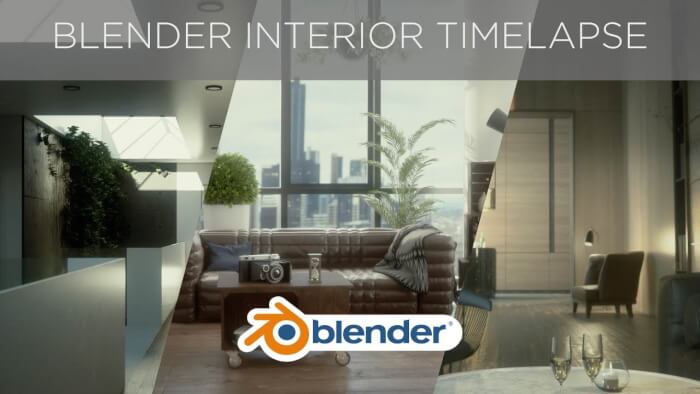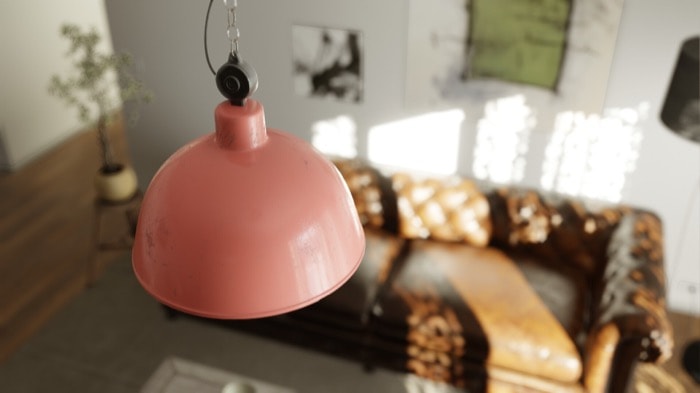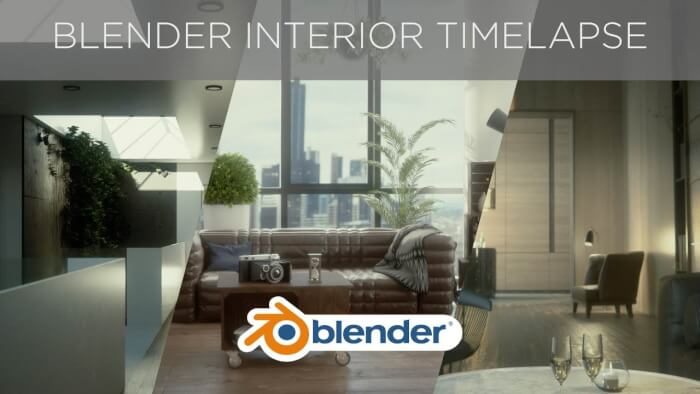
A long time ago, it was hard to work on any project involving animation for architecture, mainly because of all the costs involved. With render times of several hours for each frame, an animation project demanded a lot of computational power. For that reason, a lot of people avoided working with animations as marketing materials in architecture.
Today we have a different market and much more computational power in consumer-grade graphics cards. If you have access to a good GPU, you can quickly work with short animations for architecture without additional investments.
Here is an example of an architectural animation produced by artist Charles Nandeya, which uses Blender and LuxCore.
For this particular project, the author used Blender 2.9X and LuxCore 2.4. The hardware was an i7 8700k and an RTX 2060.
Using Blender for architecture
Do you want to use Blender for architecture or render your projects using Cycles or Eevee? We have three books available that could help you!
They cover the use of Blender for producing architectural content and also all information you need to render projects in real-time:
- Blender 2.9 for architecture: Modeling and rendering with Eevee and Cycles
- Blender 2.8 parametric modeling: Drivers, Custom Properties, and Shape Keys for 3D modeling
- Blender 3.0: The beginner's guide
- Blender 2.8 for technical drawing
- Blender Eevee: The guide to real-time rendering with Blender 2.8
You can get them in both digital and paperback formats. By ordering those books, you will not only improve your skills with Blender for architecture but also support Blender 3D Architect.






